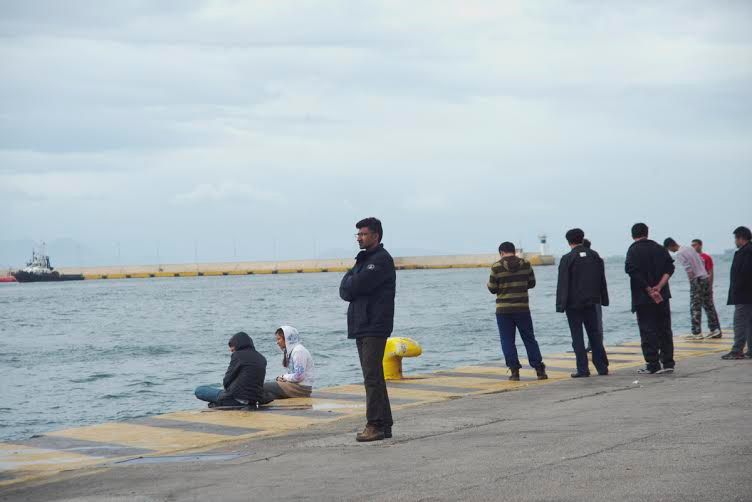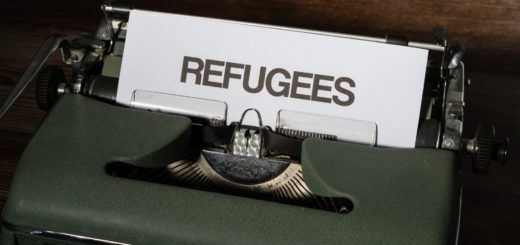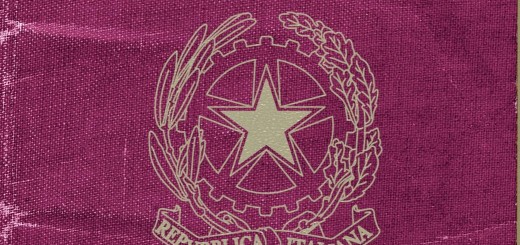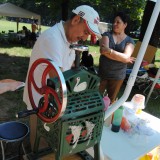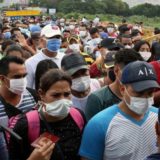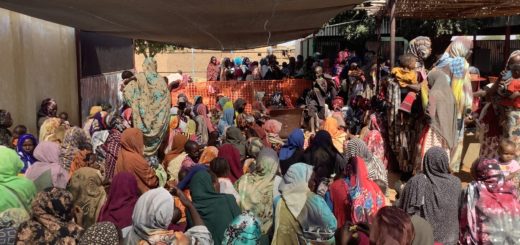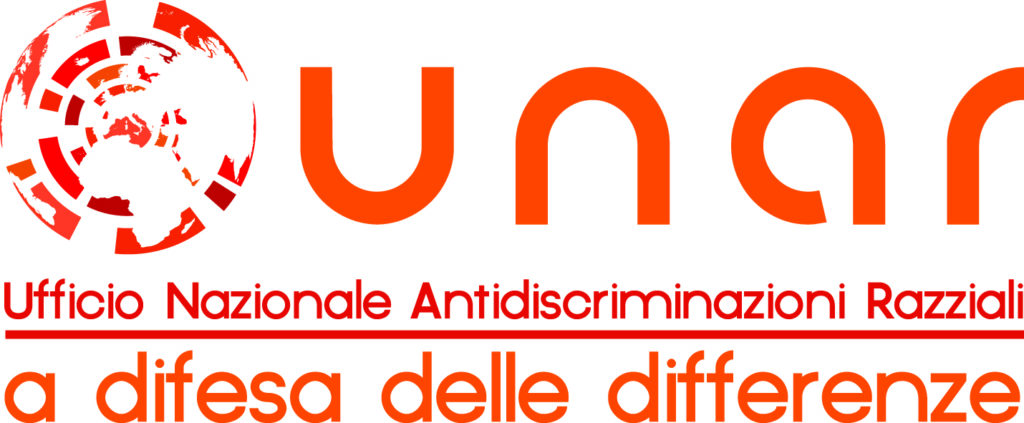“Hate crimes in Europe!”: Quale futuro? / What next?
di Cinzia D’Ambrosi
Dopo la chiusura del confine del nord e di conseguenza il sentiero dei Balcani, oltre 46,000 rifugiati sono in Grecia e circa 5,000 hanno trovato riparo nel porto del Pireo ad Atene.
Migliaia di loro sopportano condizioni molto difficili: la mancanza d’acqua, affollamento, cibo scarso, ecc. La pressione per lo sgombero dei rifugiati alle porte della stagione turistica e’ notevole. Recentemente, il governo ha aperto molti centri temporanei di accoglienza, incluso uno nella parte ovest del porto. Molti dei rifugiati sono stati trasferiti lì, ma che cosa si possono aspettare dal futuro? Anche le statistiche non promettono molto, con una procedura di registrazione molto lenta. L’attesa puo’ essere di molti mesi ed anche anni. Molti rifugiati hanno realizzato che non c’è speranza nel muoversi in altri Paesi europei e hanno iniziato a cercare dei modi di sopravvivenza. Alcuni si sono mossi in posti informali aperti da attivisti locali; nonostante cio’, il quadro e’ di centinaia di rifugiati intrappolati in una vita in limbo.
foto di Cinzia D’Ambrosi
Captions: ‘The worst is that there is not much we can do but waiting’ A.
Didascalia: ‘La cosa peggiore e’ che non abbiamo nulla da fare, ma solo aspettare’. A.
What next?
Since the closure of Greece’s northern border and with it the Balkan migrant route, over 46,000 refugees are stranded in Greece and an estimated 5,000 have retorted to Piraeus port in Athens.
Stretched out in passenger terminals, many have stayed in the most rudimentary conditions, coping with lack of water facilities, crowded conditions, and a minimal resources. The pressure on clearing the terminals as the summer holidays season starts and trying to ease the situation has led to various interventions. Clearing the terminals has been one of them. Recently, the government has opened new temporary reception centres, including one west of Piraeus hushing them in. What is next for the thousands of refugees? Unfortunately, even statics do not promise much, the assessment process is very slow leaving many stranded for months, if not years. Increasingly, many are realising that there is not much hope moving to other countries in Europe and are starting to find ways to navigate society. Some have moved into disused spaces transformed into informal centres by local activists. Yet, thousands are trapped into a life of limbo.

